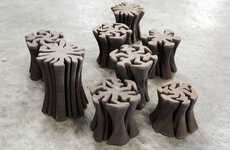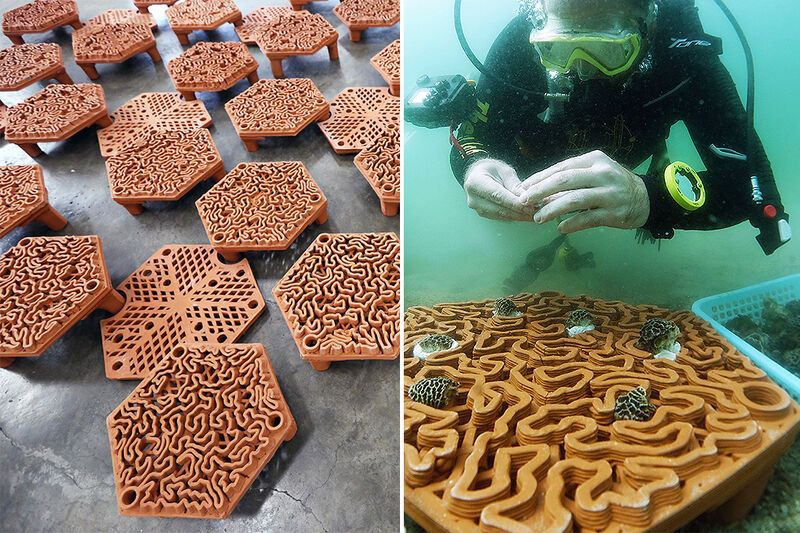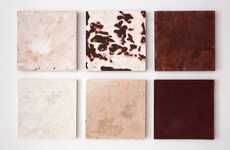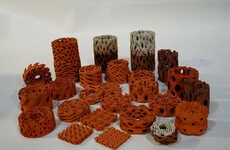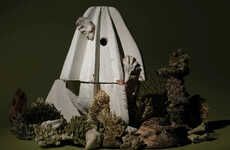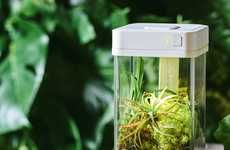
These Terra-Cotta Tiles will Help Revive Coral Populations
Michael Hemsworth — August 5, 2020 — Art & Design
References: yankodesign
These terra-cotta tiles have been designed and created to help support marine life in a simple yet innovative manner to encourage coral to repopulate areas where it has been affected by human activity.
An 80% decline in the coral population over the past decade in Double Island, Hong Kong was one of the key reasons for the development of the tiles, which are positioned to support underwater life and redevelopment. The tiles are 3D-printed using terra-cotta before being fired at 2,057 degrees Fahrenheit in order to make them a durable addition to the sea floor that will naturally degrade over time without adding in pollutants to the environment.
The terra-cotta tiles are the design work of a team of researchers at the Swire Institute of Marine Science (SWIMS) of the University of Hong Kong (HKU).
An 80% decline in the coral population over the past decade in Double Island, Hong Kong was one of the key reasons for the development of the tiles, which are positioned to support underwater life and redevelopment. The tiles are 3D-printed using terra-cotta before being fired at 2,057 degrees Fahrenheit in order to make them a durable addition to the sea floor that will naturally degrade over time without adding in pollutants to the environment.
The terra-cotta tiles are the design work of a team of researchers at the Swire Institute of Marine Science (SWIMS) of the University of Hong Kong (HKU).
Trend Themes
1. 3d-printed Terra-cotta Tiles - The development of 3D-printed terra-cotta tiles presents disruptive innovation opportunities for sustainable marine life support and coral repopulation.
2. Coral Population Restoration - The use of terra-cotta tiles to support underwater life and encourage coral repopulation signifies a disruptive innovation opportunity in marine conservation efforts.
3. Sustainable Marine Design - The creation of durable and eco-friendly terra-cotta tiles provides a disruptive innovation opportunity for sustainable solutions in marine architecture and ecosystem restoration.
Industry Implications
1. Marine Conservation - The development of 3D-printed terra-cotta tiles offers disruptive innovation opportunities in marine conservation initiatives for supporting coral populations and revitalizing underwater ecosystems.
2. 3D Printing - The application of 3D printing technology in producing terra-cotta tiles demonstrates disruptive innovation opportunities in the field of additive manufacturing for environmental sustainability and marine biology.
3. Eco-friendly Construction - The use of eco-friendly and biodegradable terra-cotta tiles showcases disruptive innovation opportunities in the construction industry for implementing sustainable materials and practices in marine projects.
6.9
Score
Popularity
Activity
Freshness


